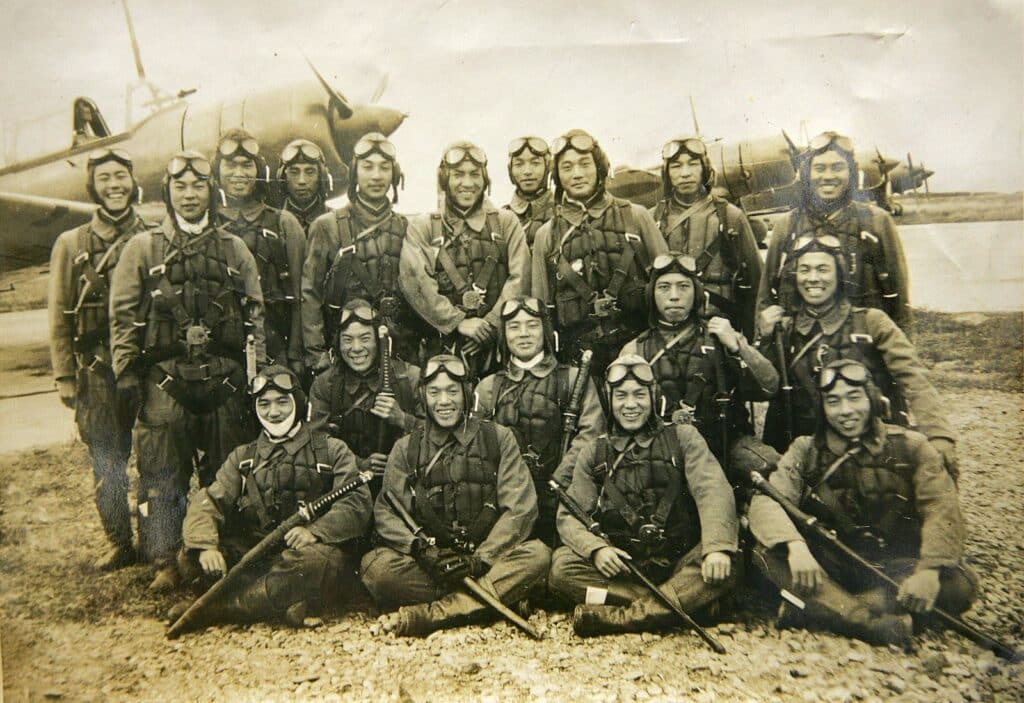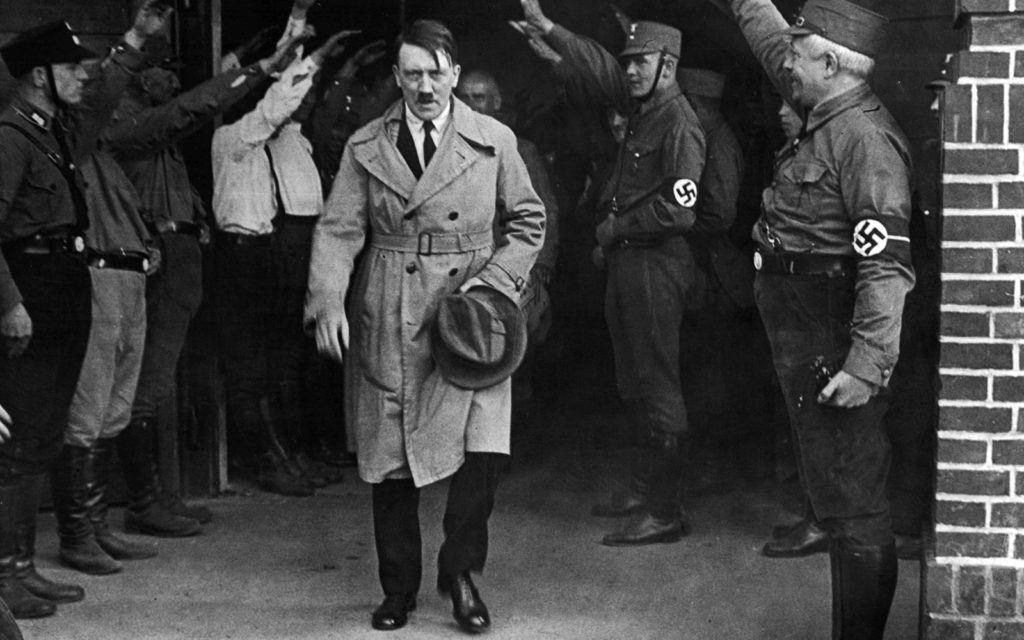While the US might enjoy unparalleled military domination today, in 1941, this was not the case. In the aftermath of the attack on Pearl Harbor, the United States knew it would have a brutal fight ahead of it, and it was right.
Over the next four years, the United States faced a foe that was unlike any the American military had ever fought. Though America secured victory in the end, it was certainly not guaranteed, especially in the wake of Japan’s 1941 lightning blitz across Asia.
So, what exactly made the Japanese military so hard to defeat, even up until the very end?

Japanese Realignment of Wartime Economy
From the beginning, the Japanese knew that, though they had seized the initiative on the battlefield, as an island nation, it would have to survive on its merchant fleet to keep the war going.
However, the US began annihilating it from the very first days of the war. This had absolutely devastating effects on the Japanese economy and military.
At the beginning of the war, the Japanese possessed 6,000,000 tons of shipping and produced or procured another 4,100,000 million tons of merchant vessels. By the end of the war, the US had sunk or taken out of action 8,900,000 tons of the Japanese merchant fleet.
The effects of this almost complete destruction were that by April 1945, merchant vessels could only safely travel between Korea, Japan, and Manchuria. These crippled shipping routes slashed the goods and materials that could be brought into the country to fight the war. Japanese leadership was forced to adapt its economy to continue fighting.
For example, Japan had to import most of its food. By 1945, the average caloric intake had decreased from 2,000 to 1,680 calories per day.
However, laborers and military personnel were given priority for food rations. So in reality, the average Japanese civilian ate much less than 1,680 calories because the government decided to let the population starve.
During the great air campaign over Japan, US military historians found out after the war that Japanese cities were woefully underprepared for air raids due to a complete lack of steel, lumber, and concrete that could be used to build shelters or better-protected buildings.
Instead, the Japanese military diverted these resources to only the most essential of military equipment. One example of this was in aircraft.
During the war, Japan produced about 65,000 aircraft. But, due to combat and non-combat losses, the Japanese military went from losing several hundred a month in 1941 to 2,000 per month in 1944.
This totaled a loss of almost 50,000 planes by the war’s end. However, despite these incredible losses, the average Japanese plane count grew every month up until the end of the war.
By 1945, the Japanese military possessed about 5,000 combat aircraft with another 7,500 kamikaze planes, an end-time strength six times greater than what Japan had started off with in 1941.

Another area where Japan successfully redirected resources to the detriment of the population was naval vessels. The Japanese started the war off with 381 warships, equaling 1,271,000 tons of combat-ready vessels.
During the war, the country produced 816 more ships with a net tonnage of 1,048,000 tons. However, by the war’s end, 1,744,000 tons of its navy had been sunk by various means.
This data matters because it shows just how much Japan poured into its ships and aircraft at the expense of the civilian population. Additionally, it shows that the US military had to completely destroy the Japanese air force 25 times over, as well as their entire navy and merchant marine almost two times over each.
Fighting to the Death on Both Land and in the Air
General “Lightning Joe” Collins was one of the few US generals to serve in combat against both the Germans and Japanese during World War Two. He made some remarks after the war regarding the combat effectiveness of the Germans versus the Japanese.
He overwhelmingly stated that the Germans were the far superior fighters regarding everything. From the individual soldiers to the equipment they employed to the officers who led them.
The Japanese, on the other hand, made up for their lack of equipment and good officers with their overall fighting spirit. Which, in his words, made the fight against the Japanese much tougher. But how was this so?
Known as the Bushido code, this military indoctrination, as it was known during WWII, came about during the reunification of Japan during the 1800s. This code was based on old samurai traditions. Over the next 70 years, it was taught as the bedrock of any public education and military indoctrination.
Some of the key tenets of this code included the fact that the emperor was a god and that dying for him was a great honor. Concepts like honor and shame also shone brightly throughout this quasi-religious text that it was preferable to die in battle than surrender in shame. And Japanese forces proved that they were willing to both live and die by this code.
During the battle of Kwajalein, 98 percent fought to the death. On Saipan, 97% choose death over surrender. And on Okinawa, 80% of the Japanese military died fighting.
Such horrible statistics also played out in the ritual suicides of tens of thousands of Japanese civilians. They chose to face death rather than capture by the American military on these and other island battles.
The Bushido code was also well at play in the air. Beginning in October 1944, after the first kamikaze attacks, thousands of kamikaze attacks were carried out. They reached a total of 475 hits against US forces.
The losses the US Navy suffered were incredibly severe. 45 ships were sunk and hundreds more were heavily damaged.
The US Navy leadership was so concerned about future losses that they worked in concert with the strategic bombing campaign to annihilate kamikaze airfields. During the war, two thousand bomber sorties were diverted from attacking other military and industrial targets to directly attacking these airfields.
US historians surmised that if Japan had been able to concentrate greater forces of kamikazes, it may have caused the US Navy to fall back. Or, they could have forced US leadership to change their overall strategic plans for the invasion of Japan.
Conclusion
Despite the incredible losses the Japanese military endured in terms of equipment, it could divert its dwindling supply of wartime resources to weapon systems it believed would benefit them the most.
The US was regularly destroying thousands of aircraft and hundreds of vessels. But Japan was able to keep producing this essential wartime material because it basically left the population to starve and fend for themselves.
The Bushido code also played a huge role in how Japan was able to endure such horrendous casualties and keep fighting. Due to decades of brainwashing its citizens, they became convinced that dying was preferable to defeat in battle.
As such, its military carried out increasingly desperate actions to stem the tide of America’s advance. This ultimately produced nothing but horrendous losses in both men and material.
Sources
https://www.airandspaceforces.com/article/japans-last-ditch-force/

